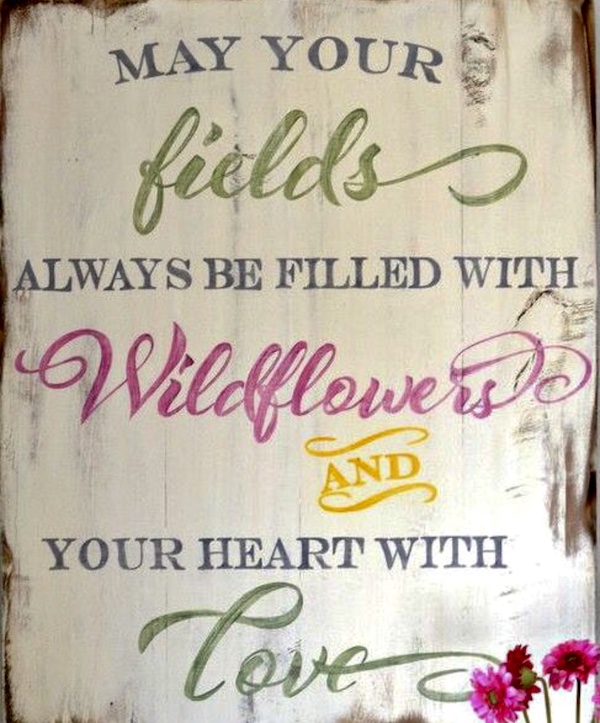Prettiest Wildflowers in Monterey County, From A-Z
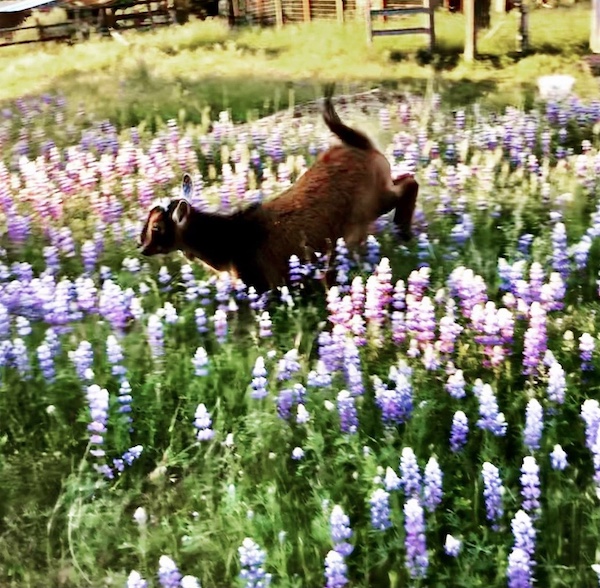
In the spring, life begins anew here in Monterey County. It is definitely my favorite time of year, because everything is lush and green, baby animals, birds, and butterflies begin to appear, and of course, my beloved wildflowers begin to bloom. I first became interested in wildflowers because I found so many on my farm as well as when I was hiking locally. Here is a list of what I think are the prettiest wildflowers in my neck of the woods, from A-Z.

A is for Amaryllis belladonna, also known as Naked Ladies. These bright pink lilies don’t appear until the leaves disappear, hence the name. It’s always magical when they begin blooming! I took this photo a few years ago at my farm. I now have many more because I keep dividing them!
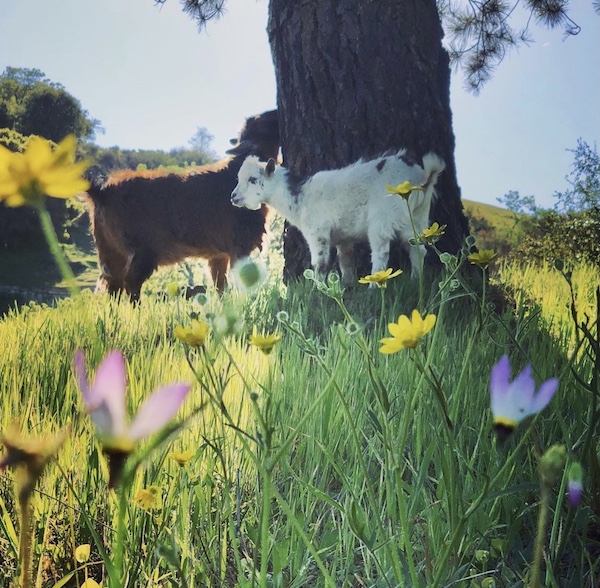
B is for Buttercup. The California Buttercups arrive soon after the Shooting Stars appear here on the farm.
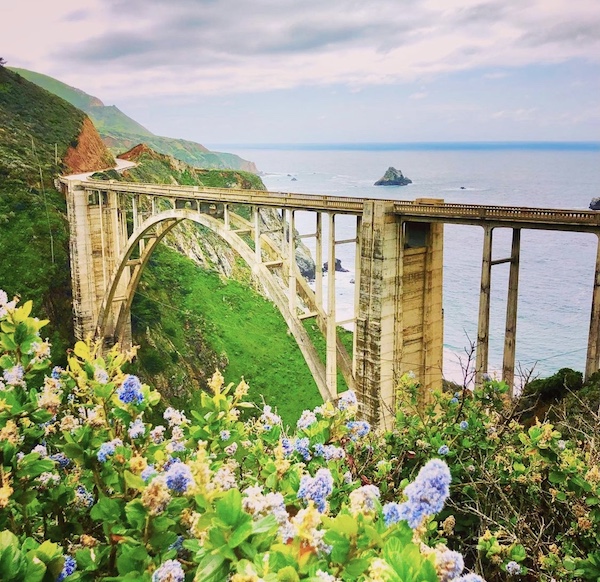
C is for Ceanothus, or California Lilac. Here you see them growing near Bixby Bridge, in Big Sur. I also have them at the farm and the bees just love them!
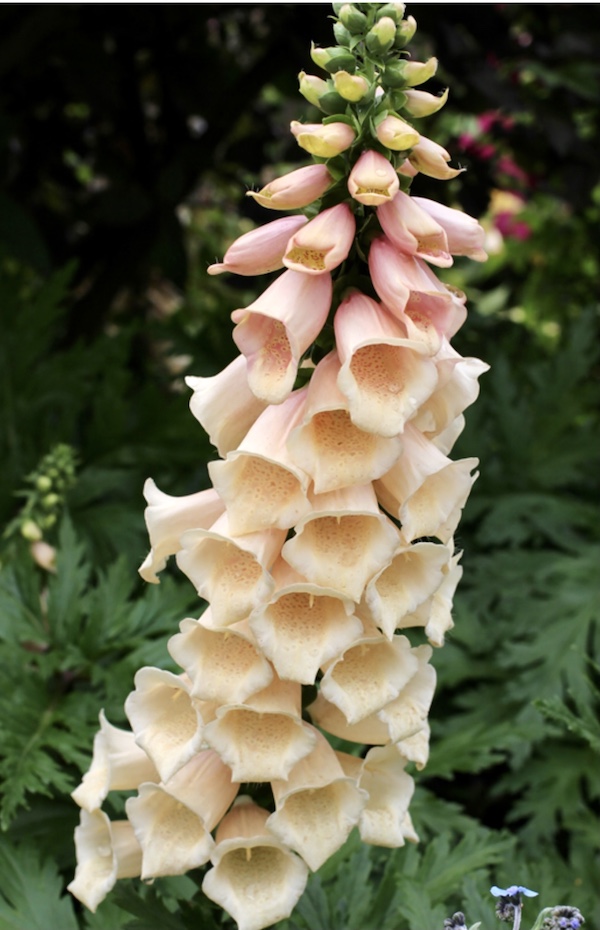
D is for Digitalis, also known as Foxglove. One thing I love about these is that gophers leave them alone! They are prettiest when grown in groups.

E is for Elegant Canyon Clarkia. Just too gorgeous for words.
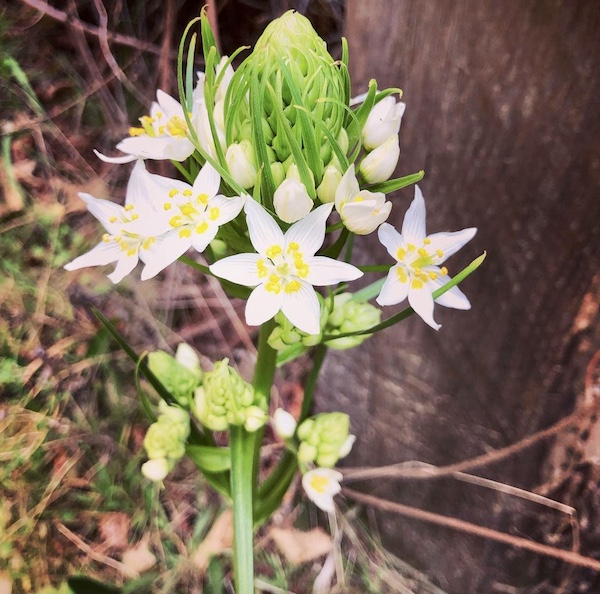
F is for Fremont’s Star Lily. I took this photo at Partington’s Cove in Big Sur.

G is for Golden Star, all known as Pretty Face. These also grow wild along my road.
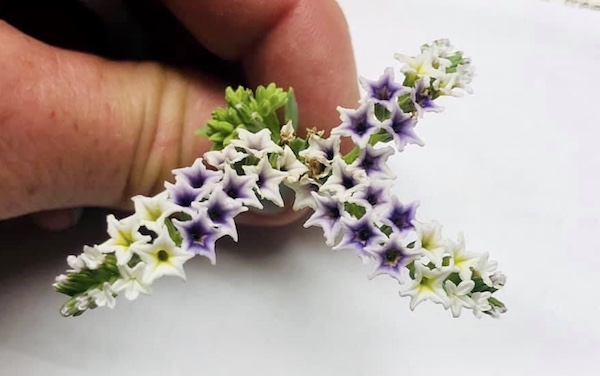
H is for Heliotrope, also know as “Seaside” Heliotrope, although this was way out here in the pastures of heaven! I just think they are so cool, how about you?

I is for Iris. Their vibrant shade is just gorgeous. You see these often down in Big Sur.

J is for Johnny Jump Ups, also known as California Golden Violets. They appear on my farm every year.

K is for Kniphofia, also known as Red-hot Poker Plant. These tall orange spikes look like candles and are quite stunning in large groups. This photo was taken near Delmonte Beach in Monterey.

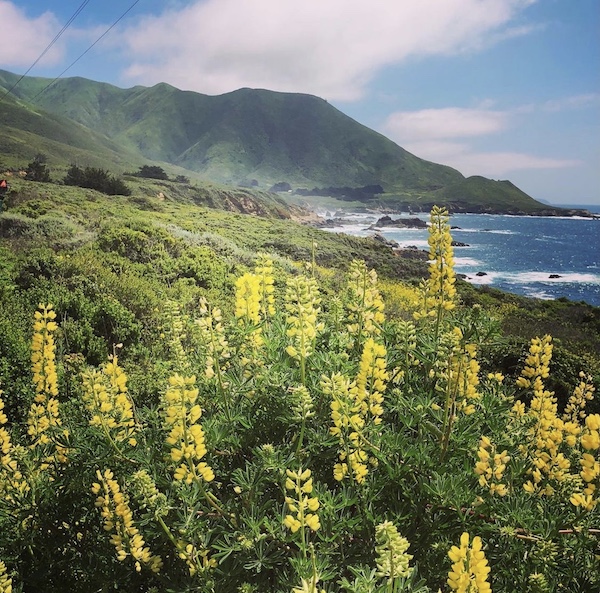
L is for Lupines. Whether purple or yellow, they are so, so pretty. They change my farm into a magical fairy tale every spring, as long as we have enough rain! Sasha enjoys posing amongst the lupines in the countryside near our farm. The second photo is of yellow lupines in Big Sur. Note that it is not the more invasive French Broom, the leaves are a giveaway.

M is for Morning Glories. I love these pink and white ones I found growing along the trail above Garrapata State Beach in Big Sur.
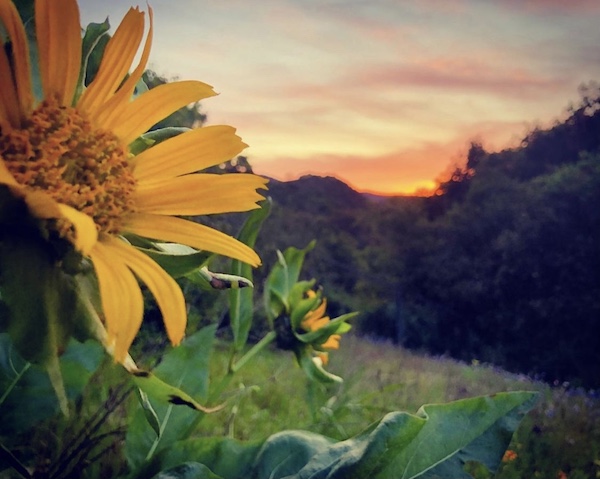
M is also for Mule Ears. They look like sunflowers. This photo was taken at my farm.
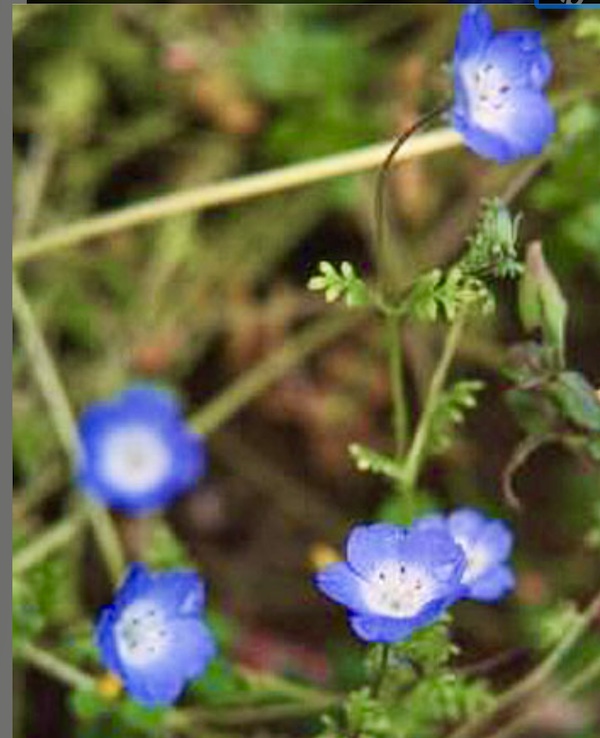
N is for Nemophila, commonly called Baby Blue-eyes. These are my favorite spring wildflowers because I just love the color!
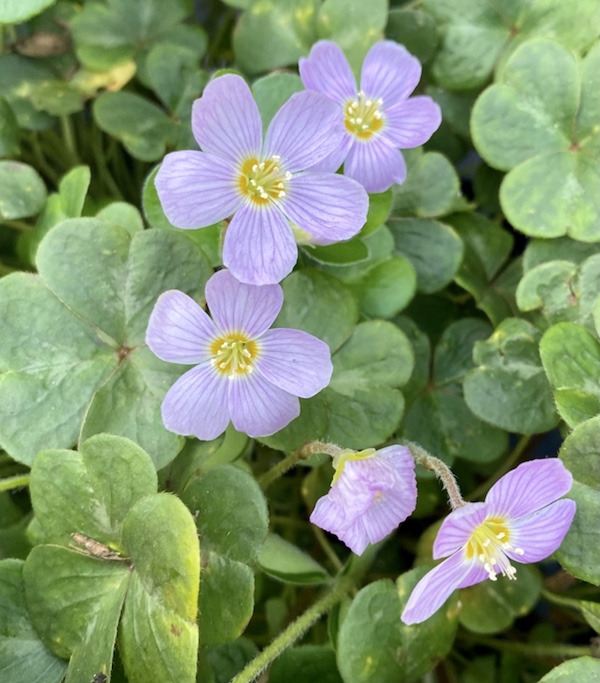
O is for oxalis, also known as Redwood Sorrel. An interesting fact about Redwood Sorrel is that when the leaves are in direct sunlight, they will start to shrivel and fold down. This is because too much sun can harm the shade loving plant.
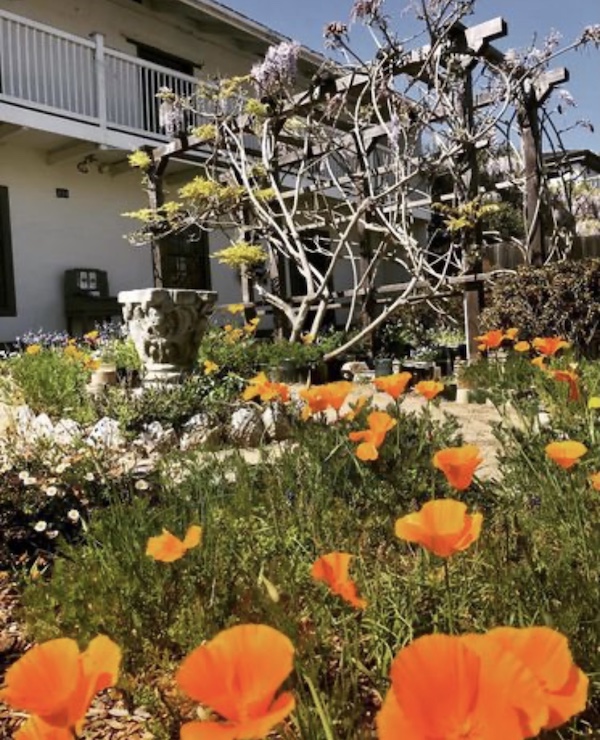
P is for Poppies. California poppies proliferate at Casa Soberanes in Monterey.

P is also for Padre’s Shooting Star, the first flowers to bloom at my farm in the spring! I adore them!
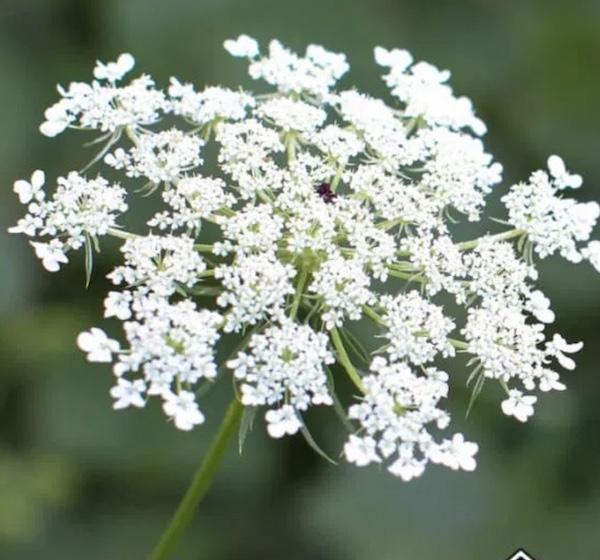
Q is for Queen Anne’s Lace. Named after the ornate lace once worn by the queen of England, this wildflower is beautiful but also quite invasive.

R is for Wild Radish. Also known as Sea Radish, White Charlock and Jointed Charlock, this is in the family Brasicaceae. This photo was taken at Lovers Point in Pacific Grove.
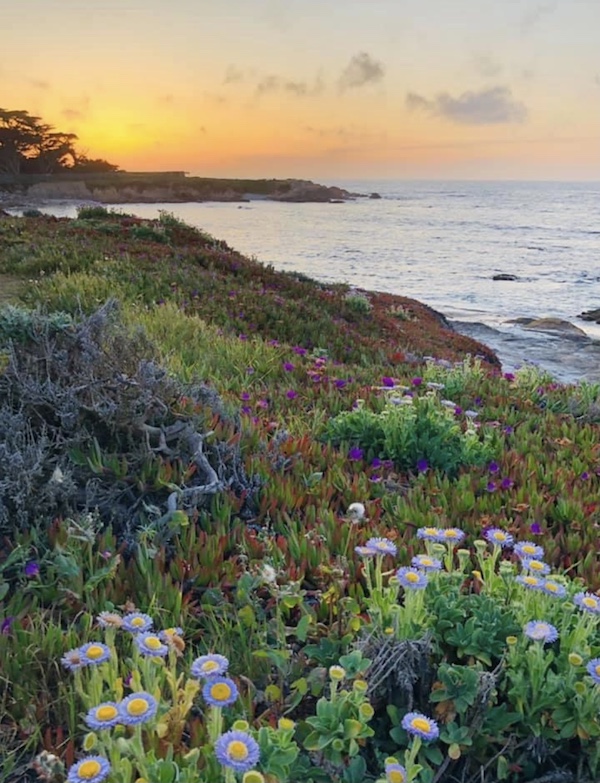
S is for Seaside Daisies. Pebble Beach is the prettiest at sunset, especially when there are wildflowers.

S is also for Sea Statice. Love the crisp color of these blooms with the ocean as a backdrop. This is near Delmonte Beach in Monterey.

T is for Thistle. This photo was taken just north of Rocky Point in Big Sur.
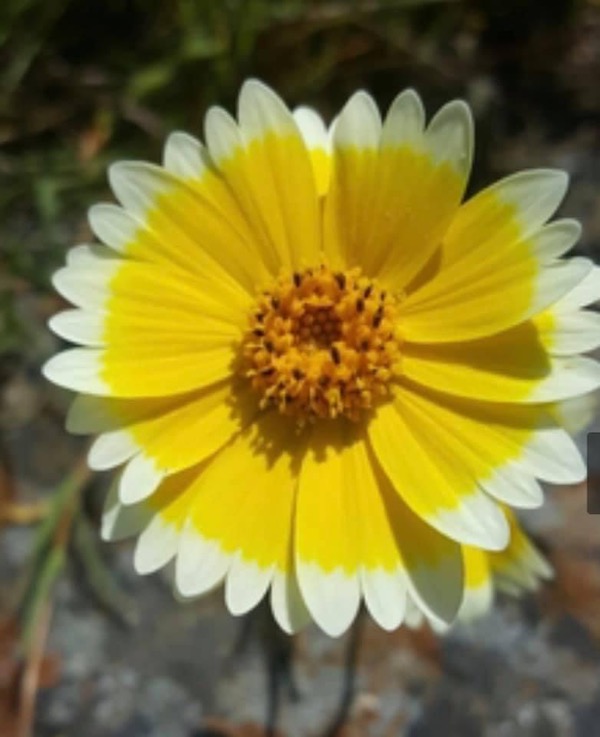
T is also for Tidy Tips. These grow in the pasture near my neighbor’s home. I think these are just the prettiest tiny flowers!

U is for Uropappus, also known as Lindley’s Silverpuffs. They kind of look like dangerous dandelions. Regular dandelions turn from butter yellow to fuzzy white balls that you can make a wish on. These flowers turn into seed needles, and would be considered highly ineffective for wish making. They are, nonetheless, very pretty, (in a scary way).
.
V is for Vinca. This photo was taken at Ragged Point in Big Sur. The monarch butterflies were loving it!
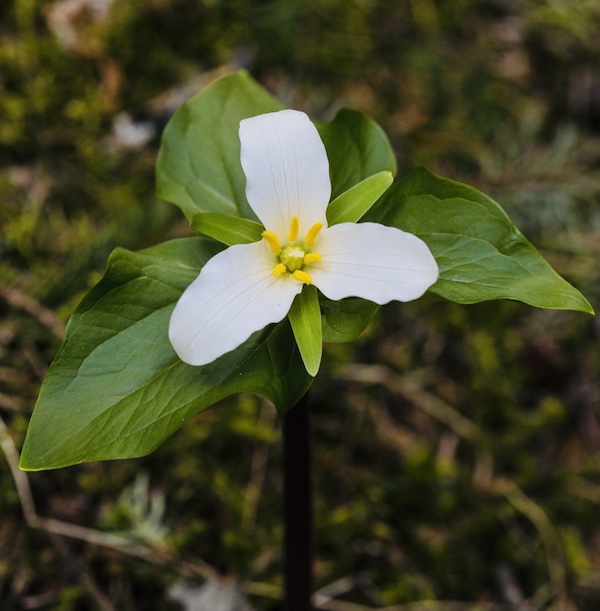
W is for Wakerobin, also known as Western Trillium. It loves moist, shady, wooded areas.
X….so I will admit, I had a heck of a time trying to think of a local wildflower beginning with the letter x. I did some research, and success! Apparently Xerophyllum tenax, also known as Bear Grass and Indian basket grass, grows here in Monterey County! I don’t have any photos, but for more information, see Xerophyllum tenax. I learned that this plant is important for fire ecology. Apparently, is has rhizomes that survive during fires and it thrives with periodic burns. Who knew??
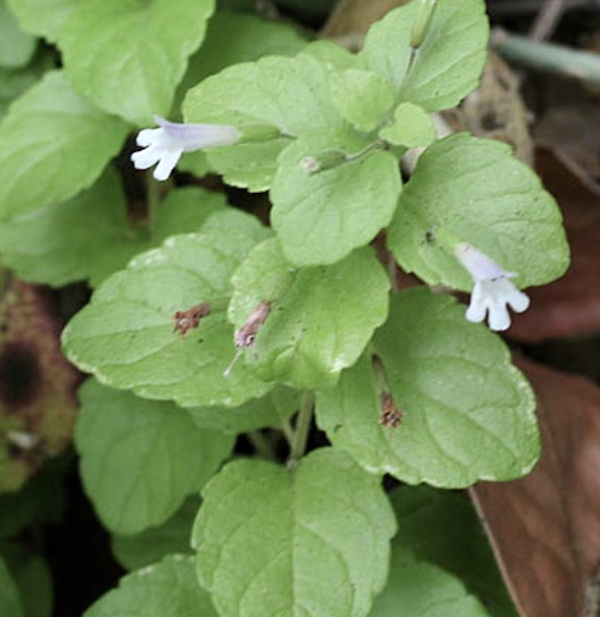
Y is for Yerba Buena. It may not be the prettiest, but it made my list because it’s still important. My friend Brian always points this out to me while hiking. For those of you who love to drink it in tea, here is what it looks like in nature!
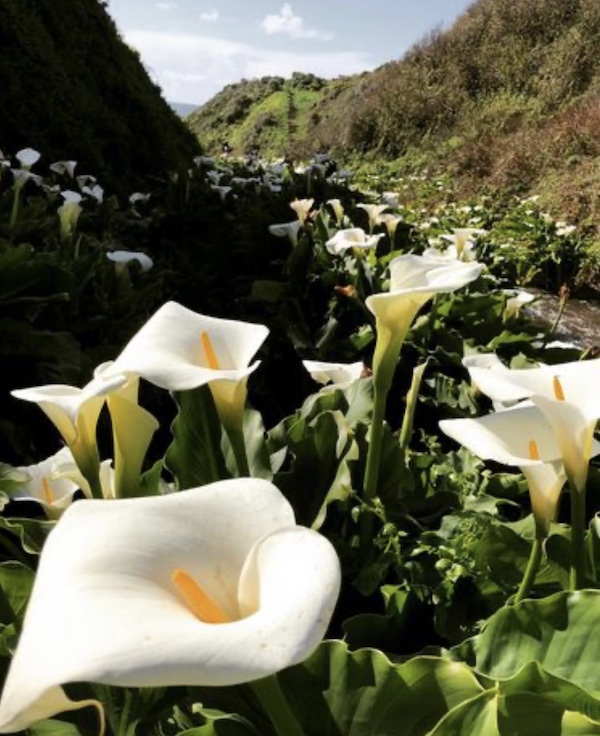
Z is for Zantedeschia aethiopica, also known as Calla Lily. My favorite place to see them in the spring is Calla Lily Valley in Big Sur. This is one of the prettiest places to visit in Monterey County!
There are so many wildflowers out there I have yet to find. I love them not only for their beauty, but also for their enchanting names. Who wouldn’t love flowers called “Witches’ Teeth”, “Yawning Penstemon” and “Snouted Monkeyflower”?
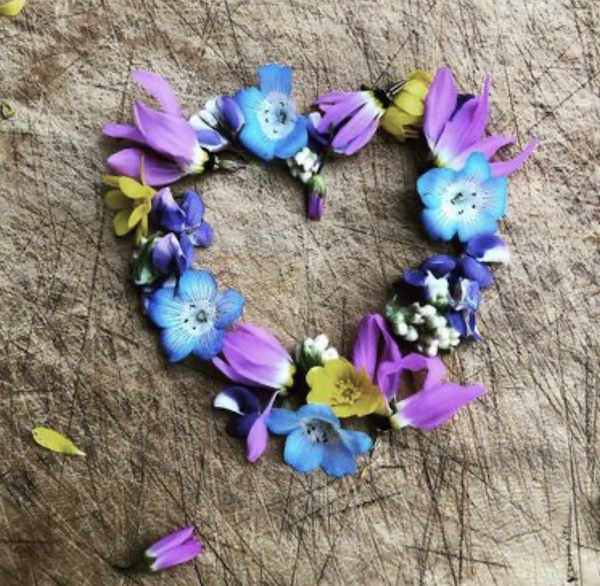
Thank you for visiting my blog! I hope you enjoyed viewing the prettiest wildflowers in Monterey County. I would love to hear which are your favorites! You may enjoy learning more about our wildflowers by reading Monterey County Wildflowers, A Field Guide, by Rod M. Yeager, MD and Michael Mitchell. You may also enjoy Seven Best Places for Wildflowers in Monterey County! Wishing you peace, joy, happiness, and beautiful vistas!
